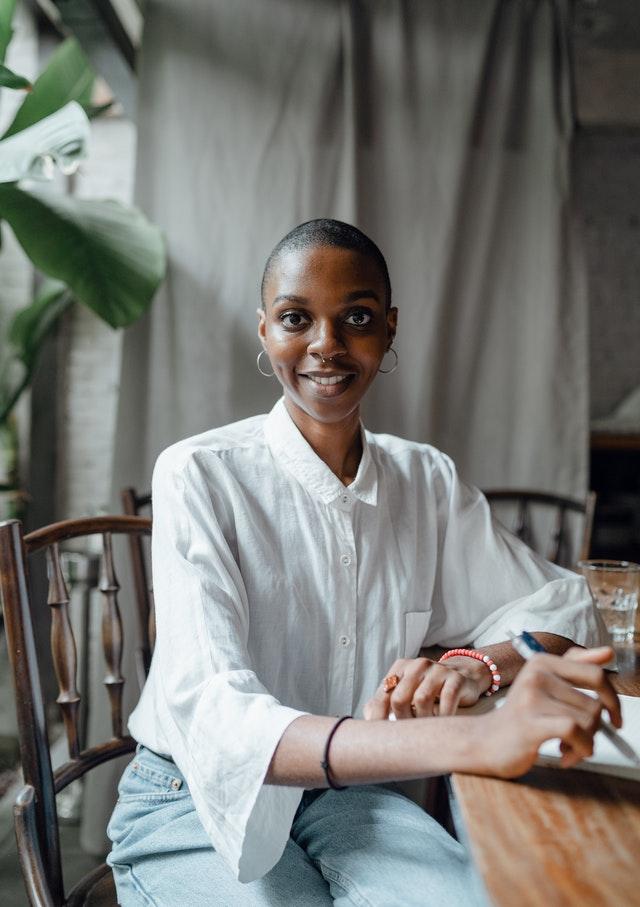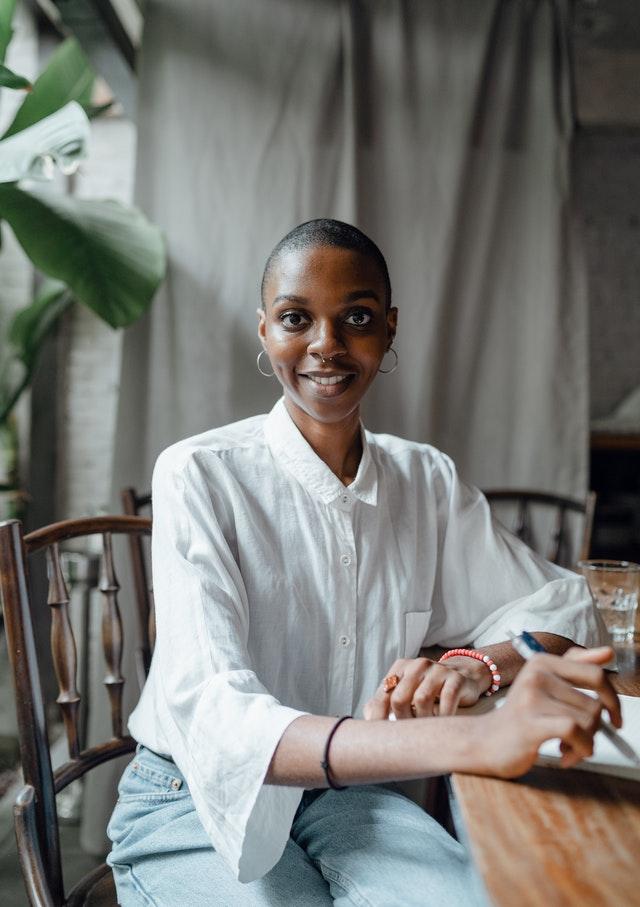How Women in the Arts Can Become Leaders in the Community

Image via Pexels
How Women in the Arts Can Become Leaders in the Community
Countless women have used art as a means of self-empowerment — from the protest songs of Nina Simone and Billie Holiday to the feminist paintings of artists like Frida Kahlo and Mary Cassatt. Female artists haven’t kept that power to themselves, however. Rather, women have channeled female empowerment into their communities. There, female artists form strategic partnerships that allow them to make a positive difference, not only for artists but for the community at large.
Why Give Back?
Community involvement is a powerful way to give back and improve the lives of women and girls. Cross-sector community-based work also increases the relevance of the arts in the local community, expanding opportunities for artists and arts organizations.
Community Leadership for Artists
How can empowered women contribute to the larger conversation? These ideas tie together community development and the arts to create a better world for all.
- Make public art that promotes community good.
- Organize arts-based community events.
- Tell stories that inspire and empower.
- Get involved in creative placemaking efforts that improve the well-being of communities.
- Start a community-supported art program.
- Be a mentor to women and girls.
Leading Yourself to Lead Others
Leadership comes naturally to empowered women. Nonetheless, being a leader is challenging, and it’s important to take care of yourself first. Self-care nurtures a healthy body, mind, and self-esteem. Without a self-care practice, you may lose the capacity to give back.
Cultivate a positive, peaceful environment.
It’s hard to wake up feeling clear-headed and creative if you’re surrounded by bad energy. Whether it’s tension with household members or your own scattered mind, clearing bad energy from your home creates an empowering start to every day. Decluttering, cleaning, and airing out your home create space for positive energy to flow in.
Take care of your body.
After tending to your home, address your next temple: your body. Staying physically healthy ensures you have the energy not only to create but to lead. This includes prioritizing quality sleep, eating wholesome foods, living an active lifestyle, and knowing when to stop and rest.
Nurture a healthy, happy mind.
A healthy lifestyle keeps not just your muscles and bones healthy, but it also promotes a healthy brain too. Additional practices including meditation, breath awareness, and mind-body exercise help women manage stress and keep a positive outlook.
Set and work toward goals like earning a degree.
A major aspect of female empowerment is knowing what you want to accomplish and actively working towards it. Whether that’s personal and professional goals or a broader community effort, the ability to set goals and work towards them step-by-step is what sets leaders apart. This can be as simple as embarking on an educational journey to earn your bachelor’s or master’s degree online in a field that interests you. This may be a good option if you’re a busy parent with lots of responsibilities, as online programs let you learn at your own pace.
Effective Goal Setting for Leaders
Women should aim high, but it’s equally important to keep goals achievable. Remember the S.M.A.R.T. acronym. Goals should be:
- Specific
- Measurable
- Achievable
- Relevant
- Time-bound
Rather than generally aiming to make a positive change in your community, consider specific things you want to accomplish. Do you want to increase community engagement? Promote safety through public art? Create opportunities for young artists? Make sure your goal meets a present need (or, in other words, that it’s relevant). Then, set metrics for tracking progress towards that goal and assess whether they’re attainable by your stated target date.
The arts can be a platform for transformative change, both for women themselves and the communities they inhabit. If you’ve found empowerment through the arts and are wondering how you can use that power to make a positive difference in the world, look around and ask how the arts can make your community a better place to live.
Women have made significant contributions to the arts throughout history, despite facing systemic barriers and inequalities. From visual arts and literature to music, theater, and film, women have played pivotal roles in shaping cultural movements and artistic expression. Here are some key points highlighting the contributions of women in the arts:
1. **Visual Arts**: Women have been active participants in the visual arts for centuries, producing masterpieces in painting, sculpture, photography, and other mediums. Despite facing limited opportunities for formal training and exhibition, women artists have left an indelible mark on art history. Figures such as Artemisia Gentileschi, Frida Kahlo, Mary Cassatt, Georgia O’Keeffe, and Cindy Sherman are celebrated for their innovative styles, powerful narratives, and contributions to artistic movements.
2. **Literature**: Women writers have made enduring contributions to literature across genres, from poetry and novels to essays, plays, and memoirs. Throughout history, women authors have challenged societal norms, explored complex themes, and given voice to marginalized perspectives. Notable women writers include Jane Austen, Virginia Woolf, Toni Morrison, Emily Dickinson, Zora Neale Hurston, Maya Angelou, and Chimamanda Ngozi Adichie, among many others.
3. **Music**: Women have played vital roles in shaping the landscape of music, both as performers and composers. From classical music and opera to jazz, blues, rock, and pop, women musicians have excelled in diverse genres and styles. Figures such as Hildegard von Bingen, Billie Holiday, Ella Fitzgerald, Aretha Franklin, Joni Mitchell, Beyoncé, and Taylor Swift have left lasting legacies in the music industry and inspired generations of artists.
4. **Theater and Performance**: Women have been instrumental in the development of theater and performance arts, both on and off the stage. As playwrights, directors, actors, and producers, women have brought diverse stories and perspectives to life, challenging conventions and redefining theatrical norms. Pioneers such as Lorraine Hansberry, Susan Glaspell, Caryl Churchill, Audra McDonald, and Lin-Manuel Miranda have made significant contributions to the theatrical canon and expanded the boundaries of performance.
5. **Film and Media**: Women filmmakers, actors, and technicians have played crucial roles in shaping the film and media industries, despite facing systemic barriers and discrimination. From silent-era pioneers like Alice Guy-Blaché to contemporary auteurs like Kathryn Bigelow, Ava DuVernay, and Greta Gerwig, women have made strides in directing, producing, writing, and acting in film and television. The #MeToo and Time’s Up movements have brought increased awareness to issues of gender inequality and harassment in the industry, sparking conversations and advocacy for greater representation and inclusivity.
Overall, women have made invaluable contributions to the arts, enriching cultural heritage and pushing boundaries of creativity and expression. Despite facing historical and contemporary challenges, women continue to inspire, innovate, and shape the artistic landscape in profound and meaningful ways.
